We service Peoria, Glendale, North Phoenix, Scottsdale, Surprise, Sun City, Sun City West, Goodyear, Litchfield Park, and Buckeye.
For the ultimate lush and inviting landscape, healthy plant material is an essential requirement, whether it is a lawn or a desert landscape. Fertilizing plants is the only way to make plants look their best. In addition to promoting healthy growth, proper fertilization discourages insects and diseases from damaging plants. Plants that receive appropriate nutrients live longer, look better, and remain healthier than plants that do not.
Our Valley soil does not naturally contain the free nutrients required to fertilize plants adequately. Lawns, trees, and shrubs suffer from poor growth, yellowing, and susceptibility to invasive weeds and pathogens without timely and careful fertilization. Our technicians are trained to know when and how to fertilize all Valley plants and which products offer the best results for your particular landscape's needs.
Although fertilizers are easily purchased at most lawn and garden centers, the training and knowledge on how to apply them is not. Even after studying the accompanying literature, many property owners are disappointed and discouraged by the poor results of their efforts. Improper application of fertilizer can result in damage or even death of trees, shrubs, and lawns. Therefore, an expert is a valuable asset to the home or property owner who desires the healthiest, most verdant results possible from fertilizer application, without the need to handle messy and dangerous chemicals or store them between applications.
5-Star Service
Types of Fertilizers
Slow-release granular
Slow-release granular fertilizer is an economical way to promote growth without burning. The slow-release process is a gradual, measured application of fertilizer. Slow-release granular fertilizer nutrients do not promptly leach out of the soil after repeated irrigation or rain, meaning the plants receive ongoing fertilization instead of the more rapid leaching of liquid fertilizer.
Slow-release granular products are usually bound by a sulfur overcoat which slowly erodes due to moisture, microbial, and temperature changes. As the coating breaks down, the fertilizer is released into the soil and becomes available for plant use.
Slow-release granular products are a popular option for the property owner who wants steady, adequate plant material fertilization over several weeks. While these products are more expensive than a powder or liquid fertilizer, the benefits extend over a longer period as the wasteful effects of leaching are minimal.
Controlled-release fertilizer
While it may seem that controlled-release fertilizer and slow-release fertilizer are the same, there are some distinct and noteworthy differences. Controlled-release fertilizer is much like slow-release granular fertilizer, as the product provides continual nutrients. However, the availability of nutrients occurs over months rather than weeks.
The release of nutrients is restricted by the amount of water that is allowed to permeate the coating to release the fertilizer. This control ensures gradual fertilization, meaning plant material is fertilized by diffusion.
Both controlled-release and slow-release fertilizers encourage long-term plant health, meaning plants become vigorous and less susceptible to plant diseases. They also discourage fertilizer leach, which is safer for the environment.
This slow release of nutrients is not ideal for all situations. Still, for the property owner who has a well-established lawn and landscape, slow-release or controlled-release fertilizers may be the optimal choice.
Liquid fertilizer
Liquid fertilizer promotes immediate nutrient availability from the soil or even through the leaves of the plant. The effect is almost immediate and striking. It's easy to blend and can be uniformly applied with the right equipment.
Liquid fertilizer can also be applied with other products, which lowers overall application costs. Whether plant material is established or a new season has just started, liquid fertilizer gives lawns and plants a fast boost of nourishment. The balance of nutrients can be selected to align with the specific needs of the plants and season.
What happens if plants are over-fertilized?
Aside from the waste of fertilizer, over-fertilization of plants can negatively impact plant growth. Wilting, burning, bud- and leaf-drop are all signs of over-fertilizing. The soil may develop a white crust on top, which inhibits water penetration, causing further damage.
Sometimes, flushing the area with water can counteract the effects of over-fertilization. A good, long, and deep soak can leach out some of the fertilizer. However, this must be done carefully. Oversoaking can cause even more damage to the plants, which can drown in standing water.
The balance between a deep soak and drowning to remove excessive fertilization can make all the difference in the plants' potential recovery. Watchful monitoring is the only way to discover just how much is too much, as it depends greatly on the soil and the method of irrigation.
The easiest way to avoid waste of fertilizer or over-fertilization is to trust the fertilization needs of plant material to an expert such as those at Springs of Life.
We know when and how to fertilize plants so they thrive and grow their best. We have the tools, equipment, and knowledge to apply the correct fertilizer and make a lawn or landscape the envy of the neighborhood. They will be healthy and strong against potential diseases.
When you hire Springs of Life for your fertilization, your garage and outdoor storage areas are free of messy chemical products, sprayers, and other fertilizer application equipment. The family is safe and can enjoy the many benefits of professional fertilizer application.


